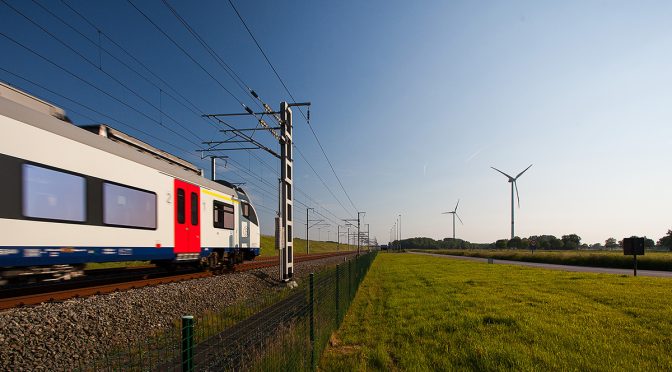Europe invested just €17bn in new wind farms in 2022. That’s down from €41bn in 2021 and the lowest investment figure since 2009 – a stark warning to Governments and policymakers. The EU wants to accelerate the build-out of wind energy to strengthen its energy security and ensure affordable electricity prices. But recent market interventions and remaining barriers are deterring investors. Europe urgently needs to restore investor confidence. Otherwise it might see a drop in new wind farms instead of the big increase envisaged in REPowerEU.
WindEurope’s Annual Financing and Investment Trends report finds that Europe invested just €17bn in new wind farms in 2022, the lowest since 2009. Germany invested the most in new wind farms in 2022, followed by Finland and Poland.
The €17bn financed wind farms with a total capacity of 12 GW in all of Europe, 10 GW of which were in the EU. These wind farms will be built over the next years and must not be confused with annual installations. In 2022 the EU installed 16 GW and WindEurope estimates that the EU will build on average 20 GW of new wind farms over the next five years.
“The EU needs to build 31 GW of new wind turbines every year to reach its 2030 targets. But the numbers speak a different language. Last year’s investments in new wind farms only add up to 10 GW. At the same time turbine orders are down and the EU is only building half as much new wind as it needs. The EU must urgently restore investor confidence and channel money into its wind energy supply chain if it wants to reach the REPowerEU objectives”, says WindEurope CEO Giles Dickson.
A record amount of wind energy capacity changed hands in 2022. Project acquisitions reached 22 GW, with more early stage projects being acquired.
Not a single FID for commercial scale offshore wind farms in 2022
Nearly all the financed capacity was for onshore wind farms. France was the only country to finance two small floating offshore wind projects with a total capacity of 60 MW. Not a single commercial scale offshore wind farm reached final investment decision (FID) in 2022. At least three commercial-scale offshore wind farms were projected to reach FID in 2022 but delayed the decision. We are now expecting them to reach FID in 2023. German developer EnBW taking FID on their 960 MW He Dreiht offshore wind farm in the German North Sea just some days ago is a glimmer of hope in this context. It was the first commercial offshore wind farm in Europe reaching FID in 15 months.
Reasons for the low investments in 2022
The wind industry is still suffering from higher input costs and supply chain disruptions. Rising costs for raw materials and international shipping have only been amplified by the Russian invasion of Ukraine, high inflation and skyrocketing electricity prices during last year’s energy crisis. As a result, the cost for producing a wind turbine in Europe has increased by up to 40% over the last two years. To reflect this surge in input costs Governments must urgently ensure that all renewables auctions are fully index-linked.
Uncoordinated emergency measures on electricity markets and national market interventions have created uncertainty and deterred investors. Revenue caps and national clawback measures impacted the business case for wind energy projects. This increase in risk together with rising interest rates has deterred wind energy investments in Europe. Banks provided just €3.7bn in non-recourse debt for the construction of new wind farms. This was less than a quarter of the amount offered in 2021 and the lowest amount since 2005.
The EU has not yet managed to remove the persistent barriers to the expansion of wind energy. Permitting of new wind energy projects remains too complex. This also impacts investors willingness to put money into early-stage projects. The Renewable Energy Directive revision currently discussed between the European Parliament and the Council will soon enshrine critical improvements into EU legislation. This includes overriding public interest, shorter permitting deadlines and more digital permitting processes.
Lastly, higher interest rates have impacted the economics of wind energy projects in 2022. Especially big and CAPEX-heavy offshore wind projects are sensitive to interest rate changes and financing risks.
Read the overview, check out the findings and read the report.
Wind Energy Financing and Investment Trends 2022 webinar


